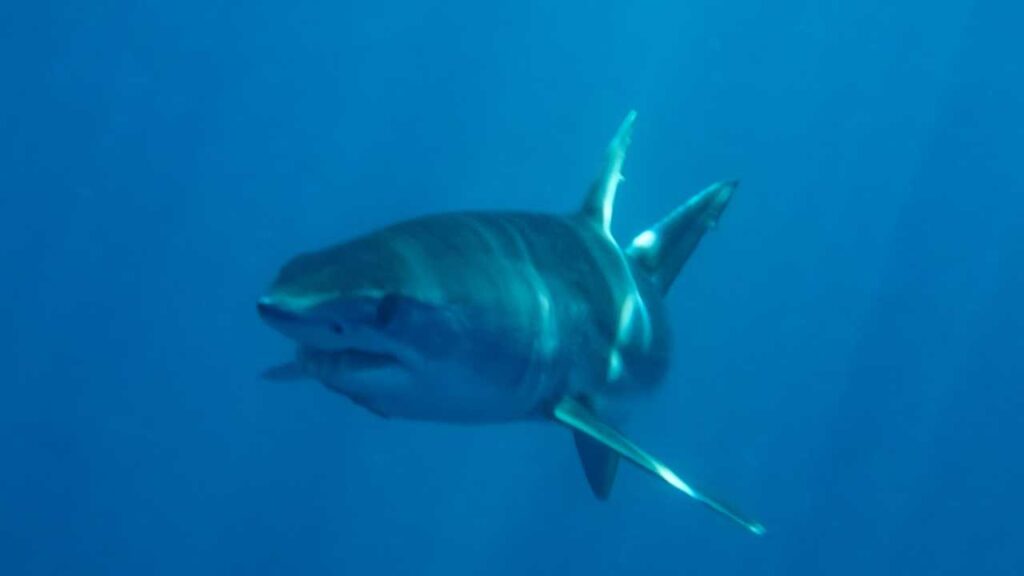The ocean is home to some of the fastest creatures on the planet. These speedy fish use their incredible speed to hunt, escape predators, and survive in the wild. Let’s dive in and learn about 15 of the fastest fish in the ocean and what makes them so fast!
1. Black Marlin
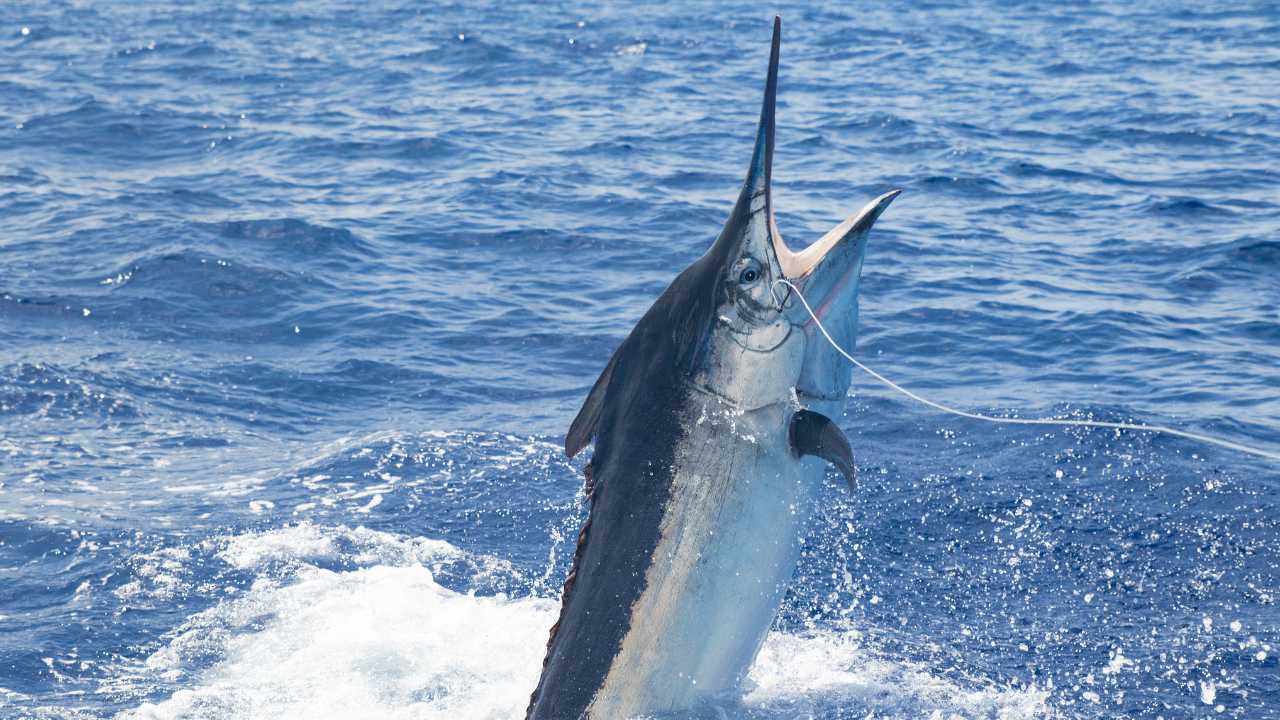
The black marlin can swim at speeds up to 82 mph. Its streamlined body and powerful muscles help it slice through the water with ease. This speed is essential for catching fast-moving prey and evading predators.
2. Sailfish
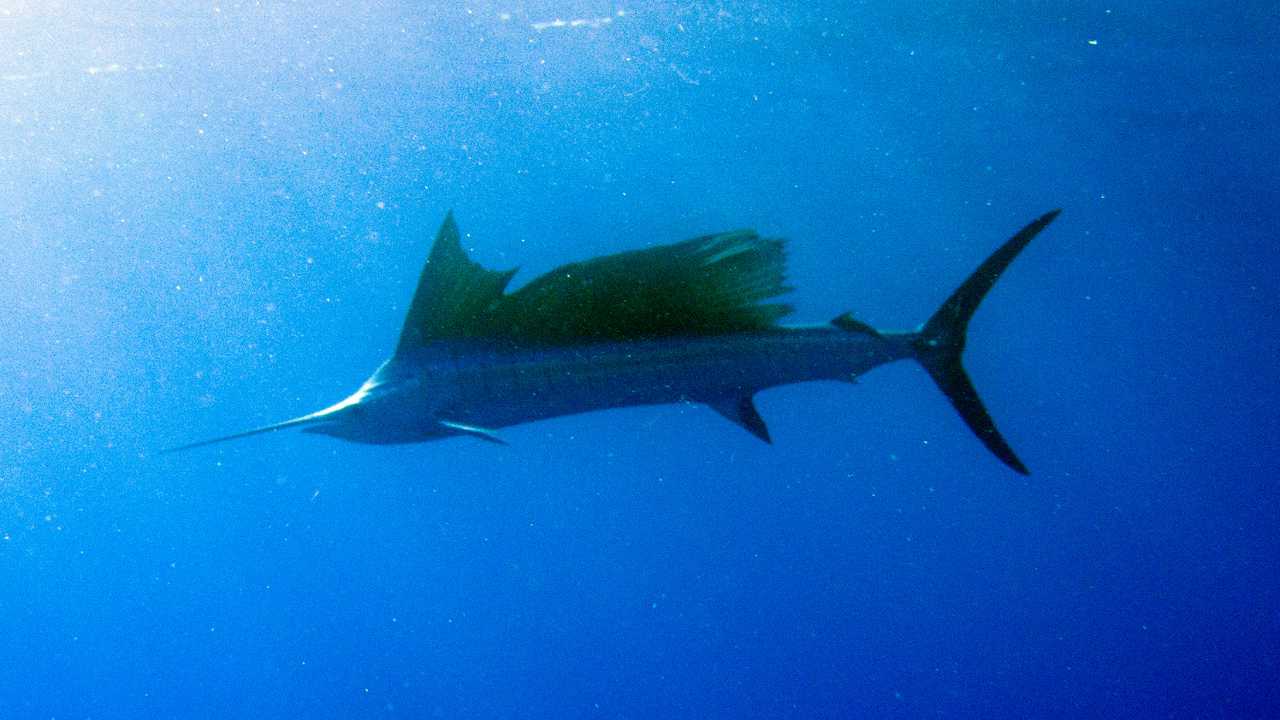
Sailfish are known for their incredible speed, reaching up to 68 mph. Their long, slender bodies and large, sail-like dorsal fins allow them to make quick turns and rapid bursts of speed. This helps them chase down schools of smaller fish.
3. Swordfish

Swordfish can swim at speeds up to 60 mph. They have a long, flat bill that cuts through the water, reducing drag. Their powerful tails give them the thrust needed to reach high speeds, making them formidable hunters.
4. Yellowfin Tuna
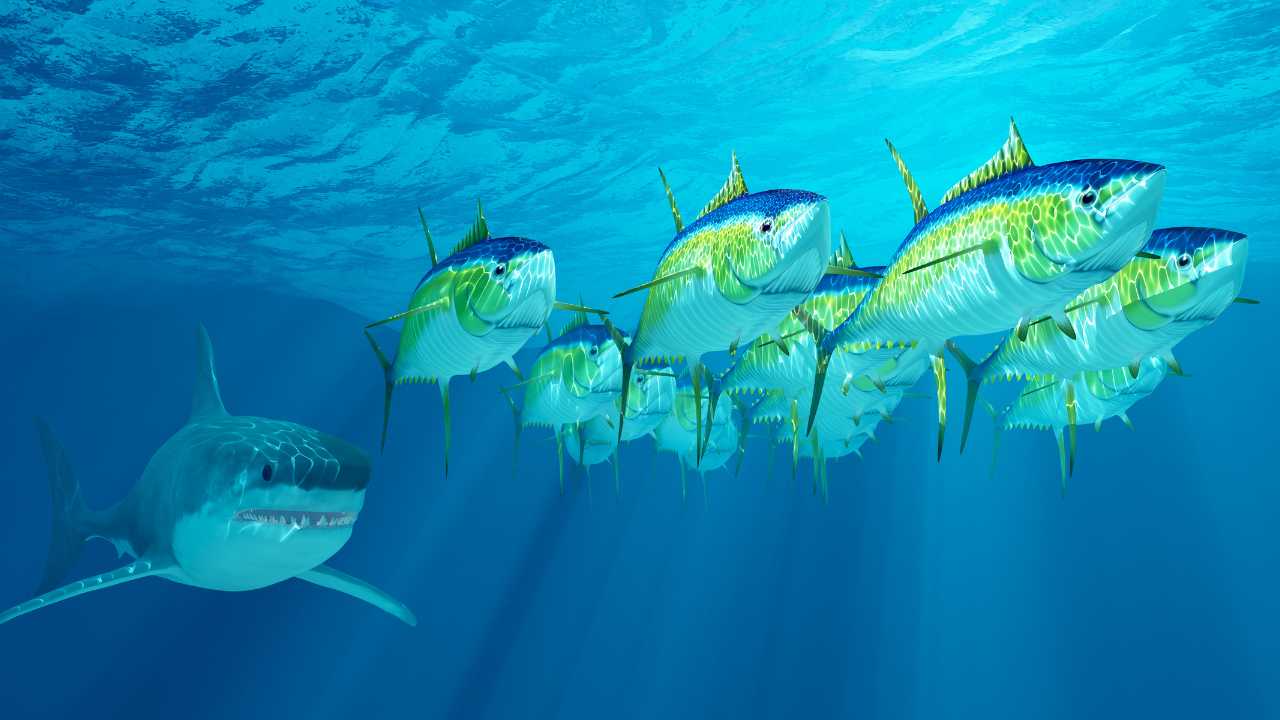
Yellowfin tuna can reach speeds of 50 mph. Their torpedo-shaped bodies and strong muscles make them agile swimmers. These fish are built for endurance, allowing them to travel long distances quickly in search of food.
5. Mako Shark
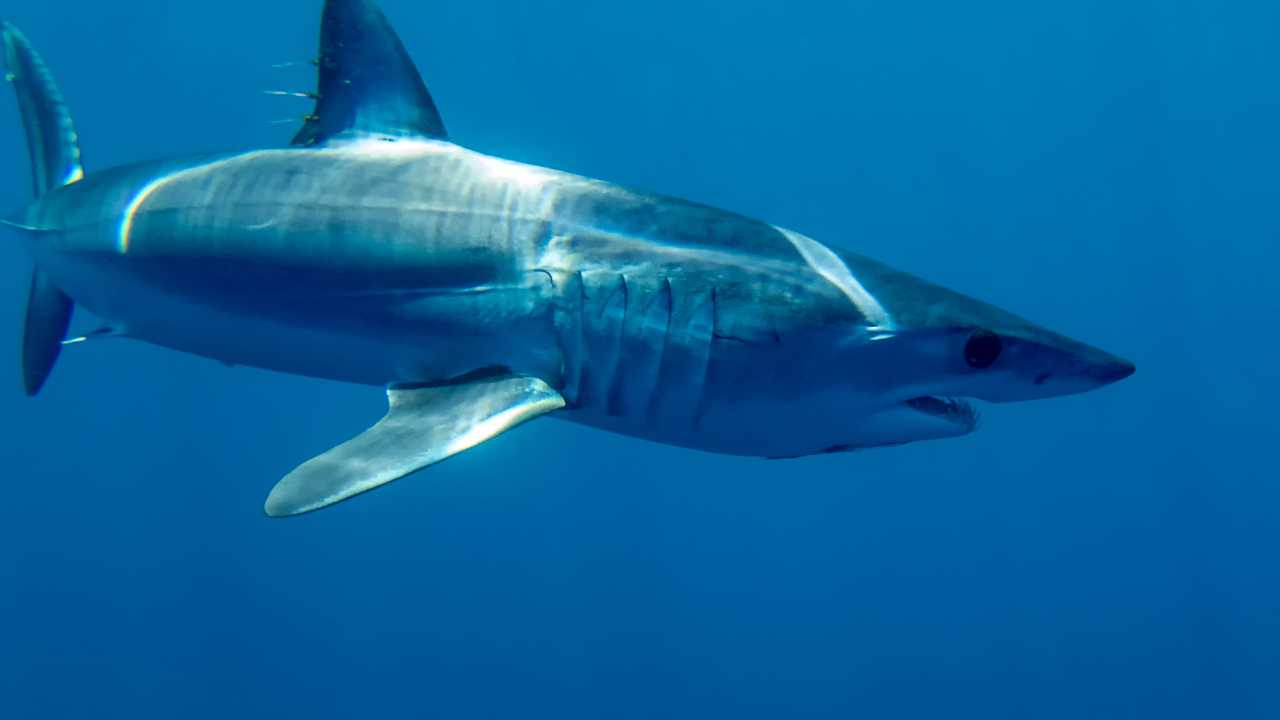
Mako sharks are the fastest sharks, swimming at speeds up to 45 mph. Their sleek bodies and pointed snouts reduce water resistance. Their strong tails provide the necessary power to chase down swift prey like tuna and squid.
6. Bluefin Tuna
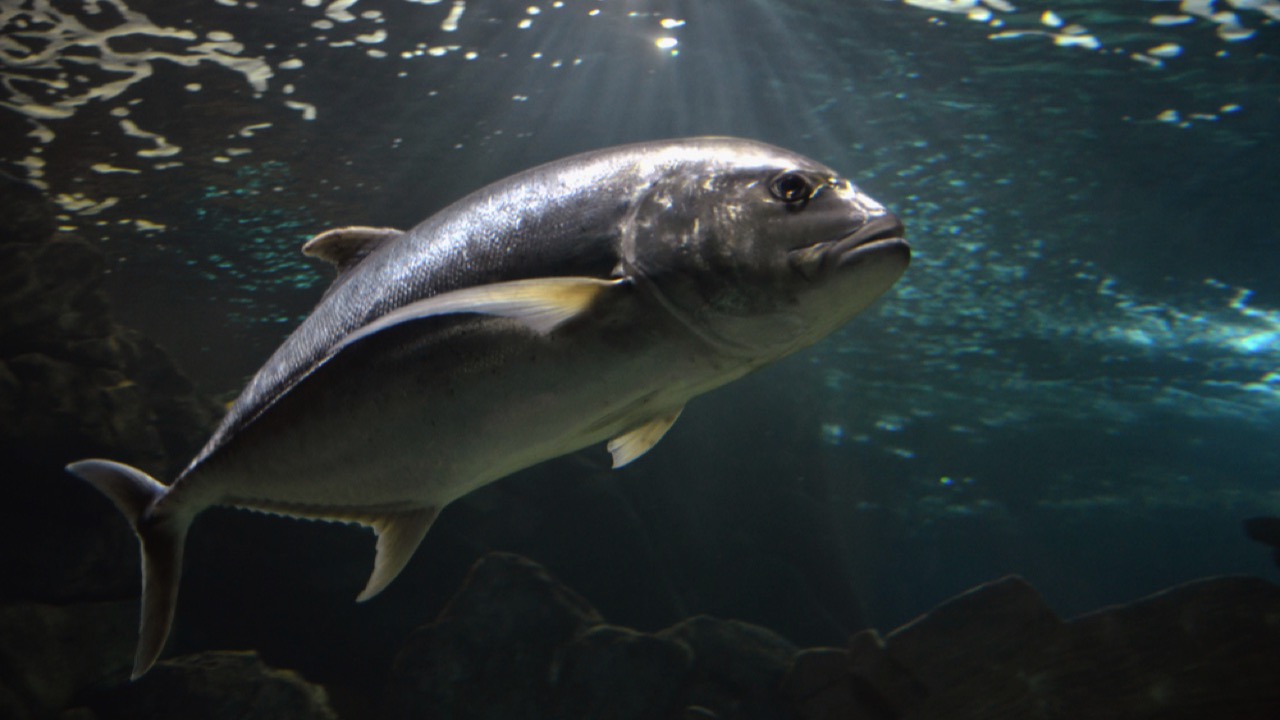
Bluefin tuna can swim at speeds of 40 mph. They have powerful, streamlined bodies that allow them to move quickly through the water. This speed helps them migrate across oceans and escape from larger predators.
7. Wahoo
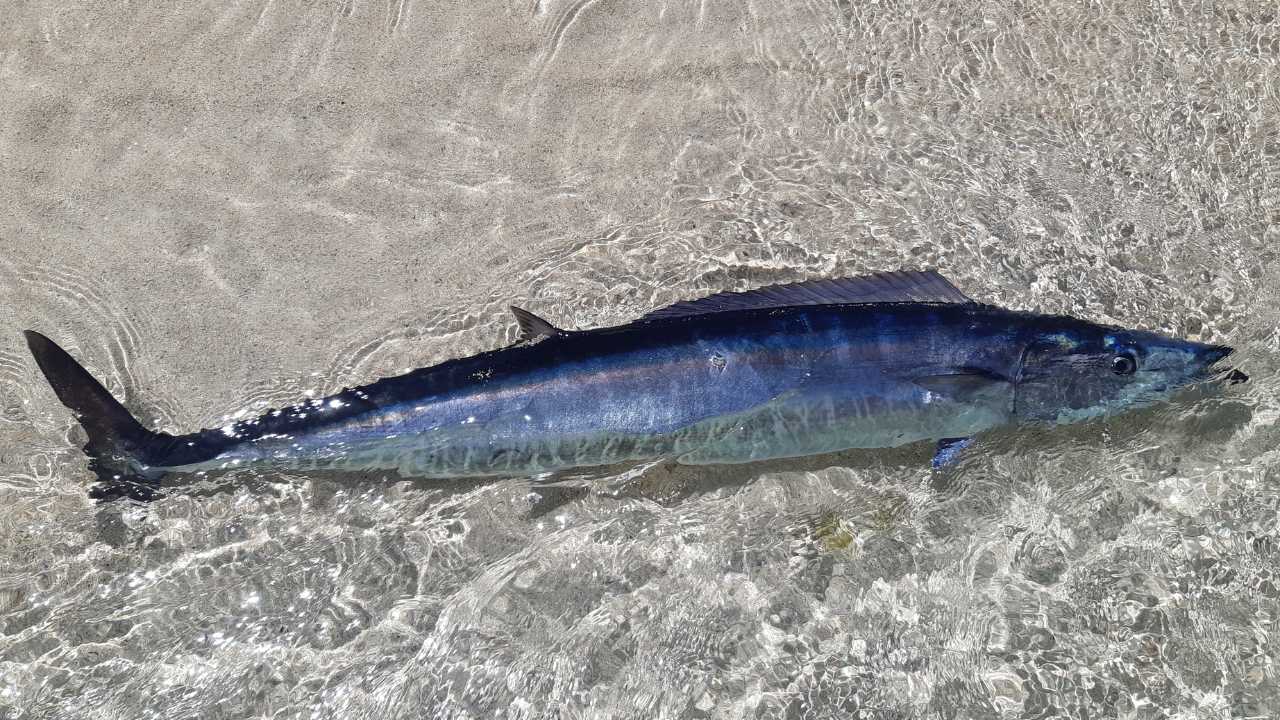
Wahoos can reach speeds of 48 mph. Their long, narrow bodies and forked tails make them incredibly fast and agile. They use their speed to catch smaller fish and evade predators.
8. Bonefish

Bonefish can swim at speeds up to 40 mph. They have slim, silver bodies that reduce drag in the water. Their speed helps them escape from predators and navigate through shallow waters.
9. Blue Marlin
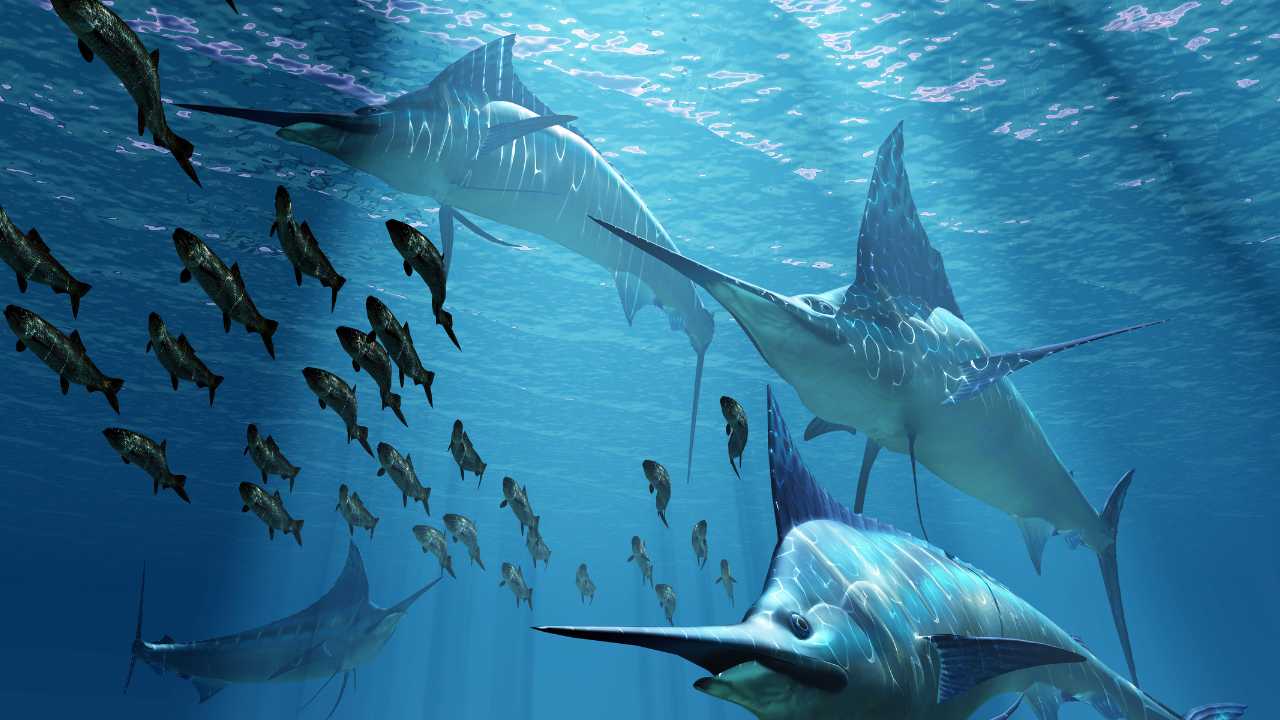
Blue marlins can swim at speeds of 50 mph. Their elongated bodies and powerful tails make them fast swimmers. This speed is crucial for catching fast-moving prey like tuna and mackerel.
10. Great Barracuda
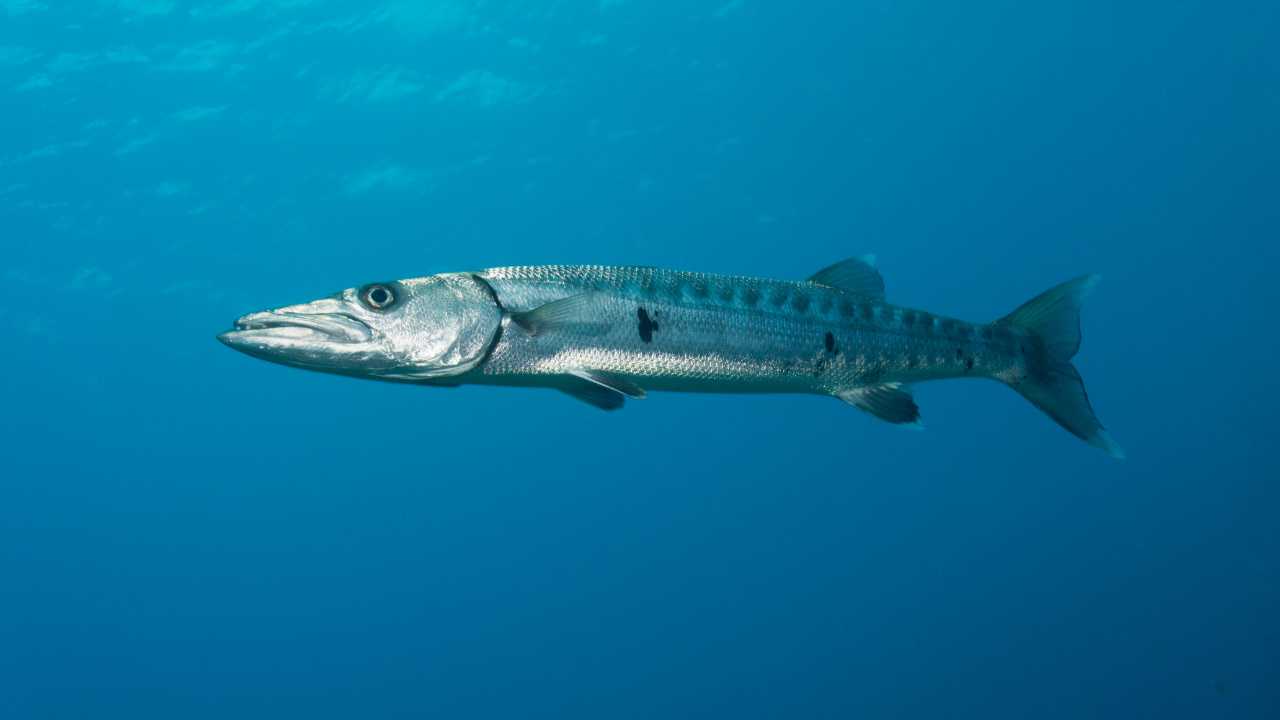
Great barracudas can reach speeds of 36 mph. Their long, slender bodies and sharp teeth make them efficient predators. Their speed helps them ambush prey and avoid threats.
11. Tarpon
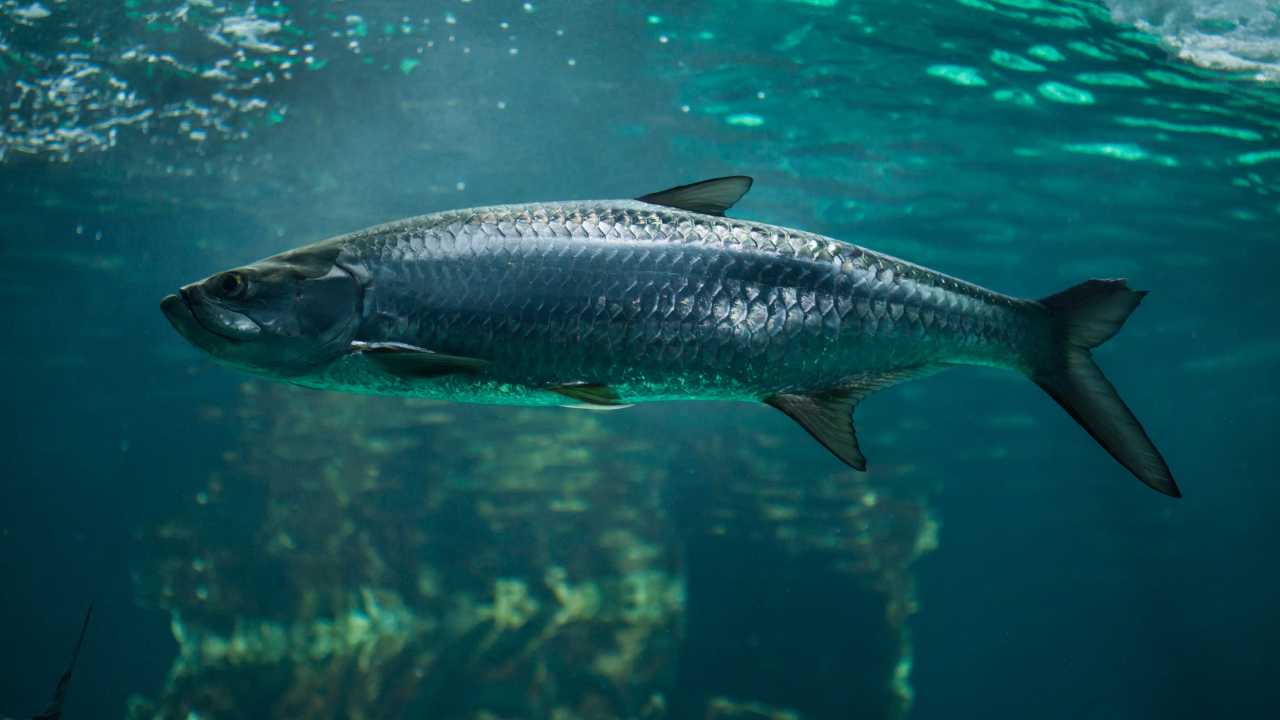
Tarpons can swim at speeds of 35 mph. They have large, silvery scales and powerful tails. Their speed helps them navigate through coastal waters and escape from predators.
12. Dorado (Mahi-Mahi)
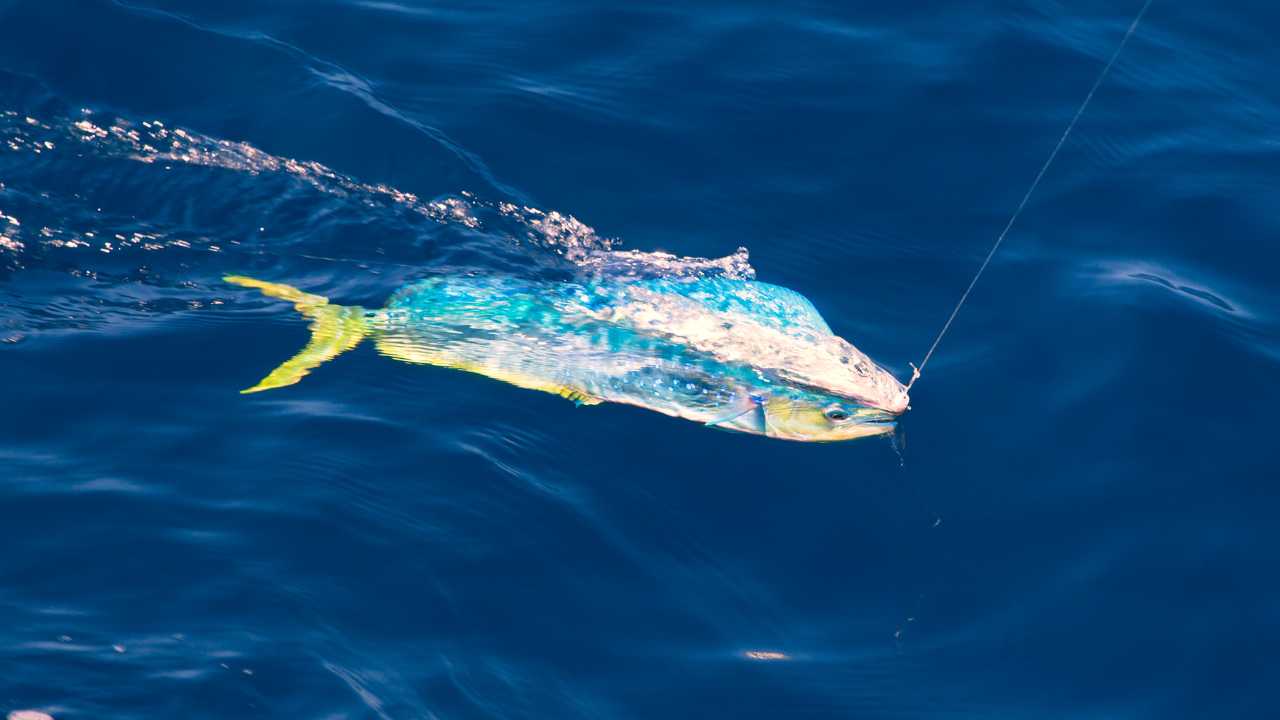
Dorado can reach speeds of 50 mph. Their bright, colorful bodies and strong muscles make them fast swimmers. They use their speed to catch prey and avoid being caught by larger fish.
13. Albacore Tuna
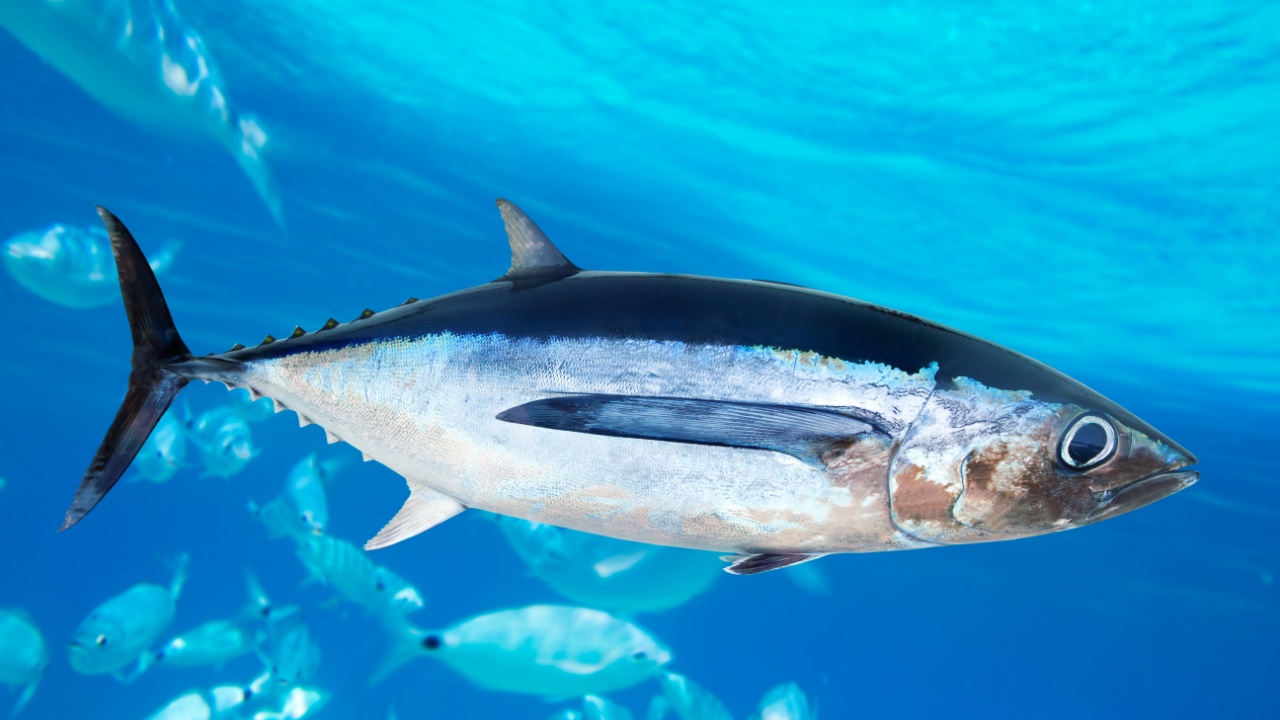
Albacore tuna can swim at speeds up to 40 mph. Their streamlined bodies and powerful fins make them fast and efficient swimmers. This speed helps them migrate long distances and evade predators.
14. Bonito
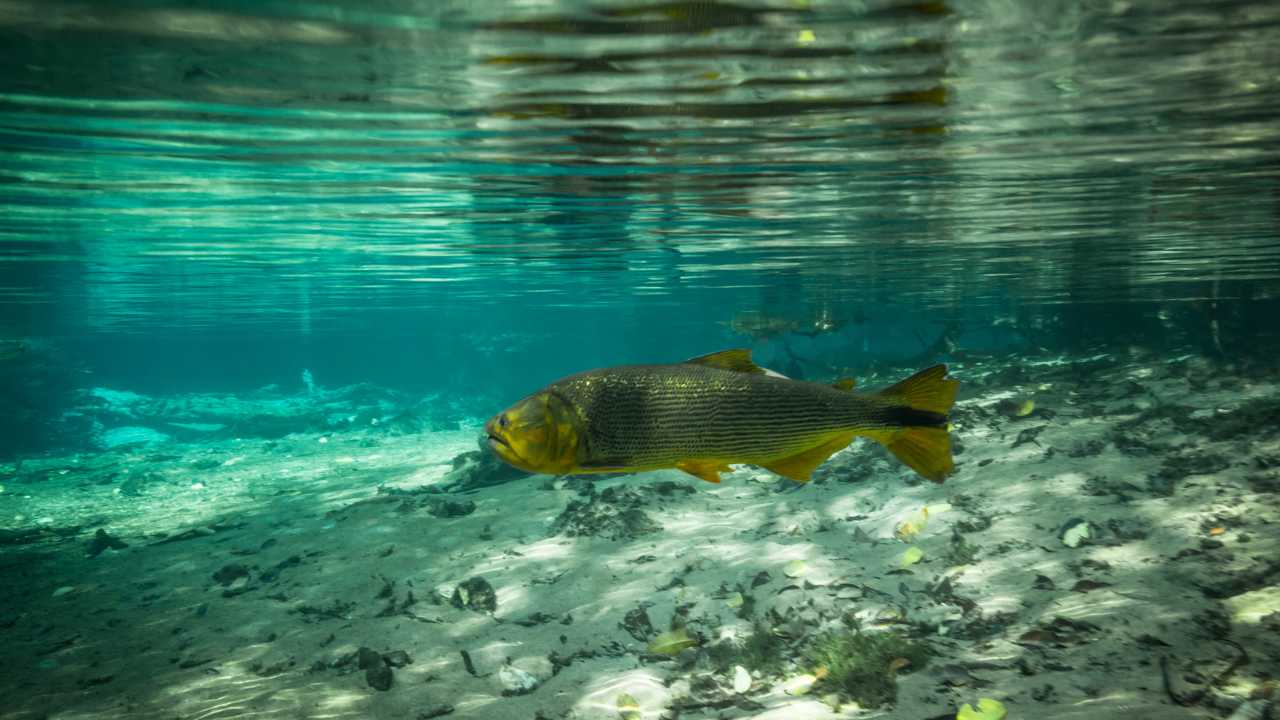
Bonitos can swim at speeds of 40 mph. They have slender bodies and forked tails that help them move quickly through the water. Their speed is crucial for catching smaller fish and escaping from larger predators.
15. Flying Fish
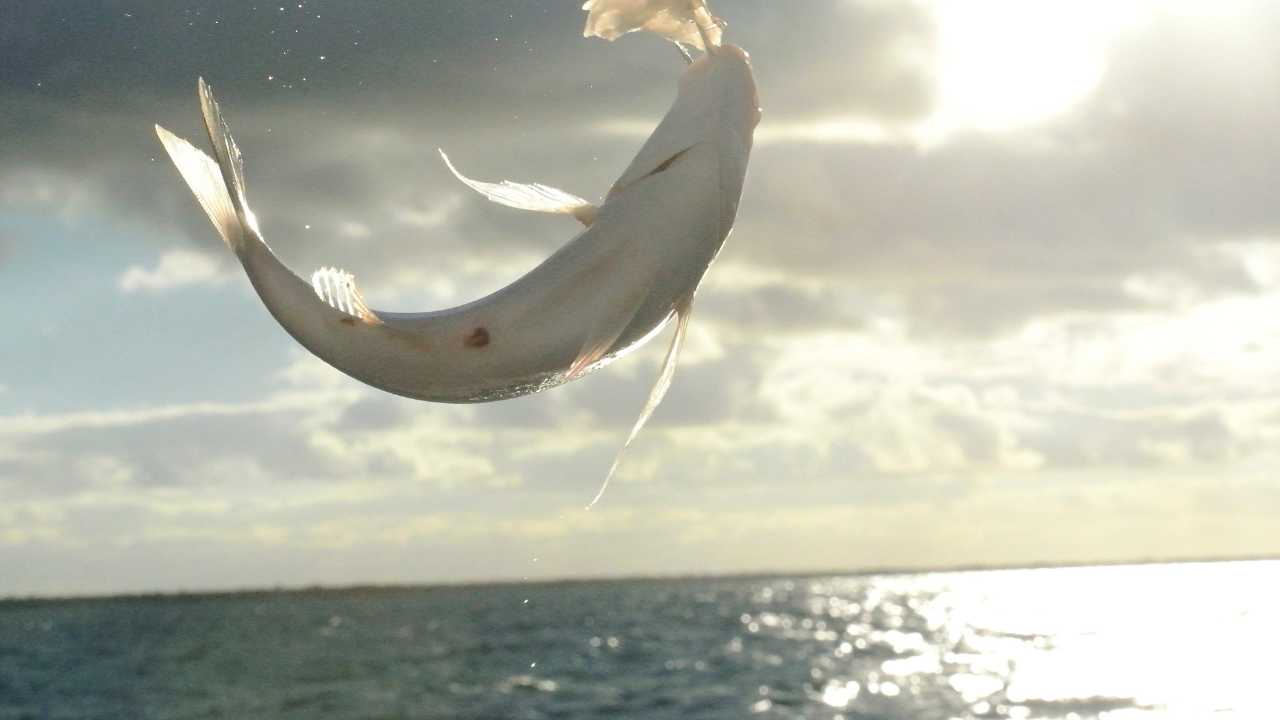
Flying fish can reach speeds of 35 mph in the water and can glide for hundreds of feet in the air. Their long, wing-like fins allow them to escape predators by leaping out of the water and gliding through the air.
Becky is a fervent wildlife enthusiast and pet care expert with a diploma in canine nutrition. Her love for animals stretches beyond the domestic, embracing the wild tapestry of global fauna. With over a decade of experience in animal welfare, Becky lends her expertise to OutlandishOwl through insightful articles, captivating wildlife information, and invaluable guidance on pet nutrition. Her work embodies a deep commitment to understanding the intricate lives of animals and a passion for educating others on sustaining natural habitats. Becky's hands-on conservation efforts and her knack for translating complex dietary science into practical pet feeding tips make her an indispensable voice for creatures great and small.

